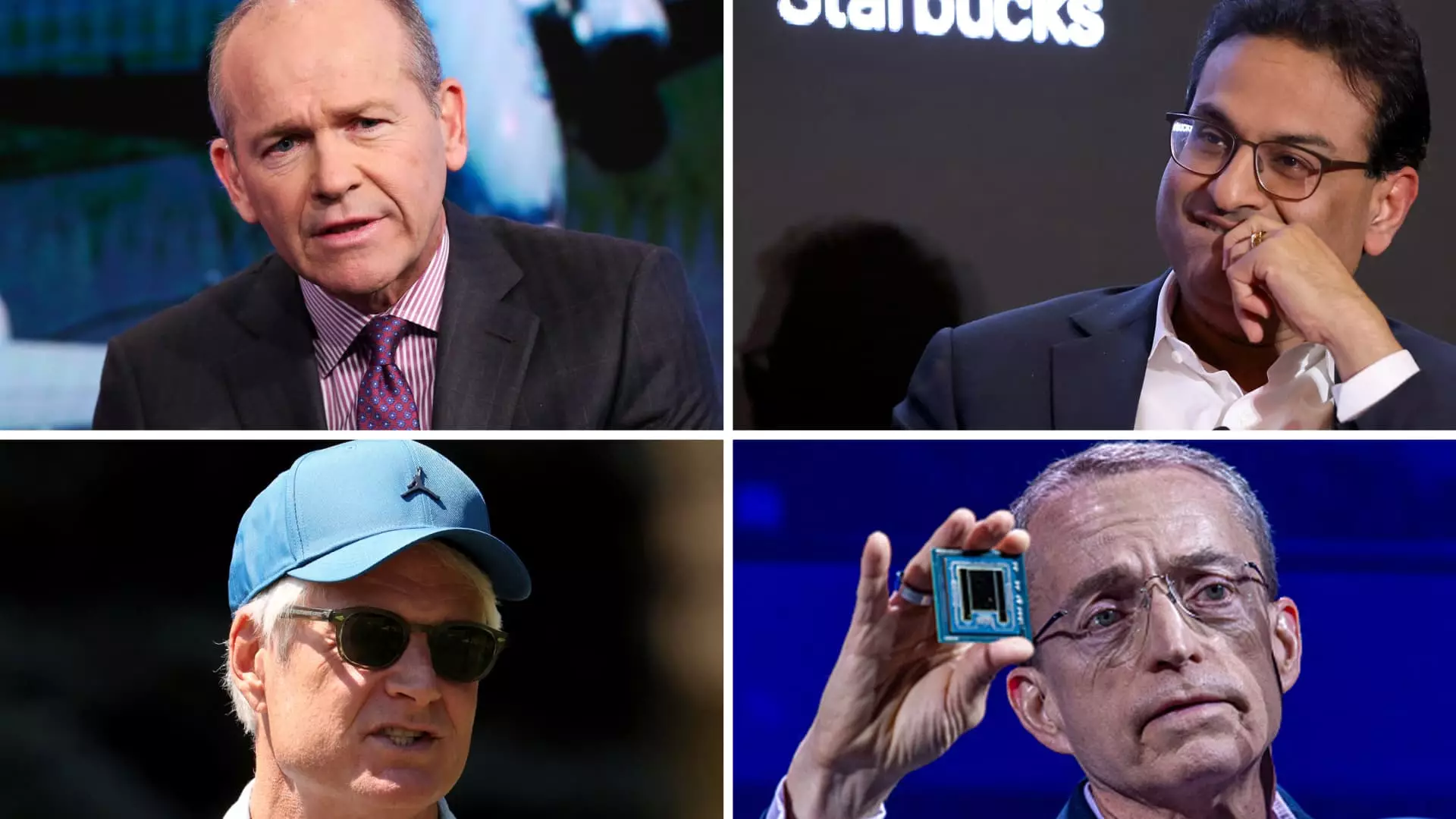The dynamic landscape of corporate leadership in the United States has experienced a notable upheaval in 2023, marked by a dramatic rise in CEO departures across multiple industries. According to data from outplacement firm Challenger, Gray & Christmas, the country has witnessed 327 chief executive changes from January to November. This statistic reflects the highest turnover rate recorded since the firm began tracking such changes in 2010 and signifies an 8.6% increase compared to the previous year. This article delves into the reasons driving this substantial turnover, the implications for the companies involved, and the broader economic context that shapes these executive transitions.
The Drivers of CEO Turnover
A multitude of factors has contributed to this unprecedented turnover rate. First and foremost, evolving consumer expectations and heightened competition have placed immense pressure on businesses to adapt quickly. In a healthy economy, where consumer spending remains strong, companies that fail to meet market demands find themselves under intense scrutiny. This scrutiny comes not only from investors and hedge funds but also from a revitalized focus from boards of directors, who are more willing than ever to make swift leadership changes in instances of poor performance.
Clarke Murphy, a managing director and former CEO at Russell Reynolds Associates, emphasizes that the cost of capital and the rapid pace of transformation in today’s business environment facilitate quicker removals of underperforming leaders. In a climate where S&P 500 returns have soared above 20% consecutively, companies that lag behind face significant pressure. The scrutiny has led to a greater willingness among board members to expedite leadership changes, a trend that seems to differ starkly from the past, where leadership transitions tended to be more measured and less reactionary.
The increase in CEO turnover is particularly pronounced in consumer-focused sectors, as these businesses are more vulnerable to shifts in consumer preferences compared to more stable industries such as utilities or oil and gas. The recent leadership changes within iconic companies such as Boeing, Starbucks, and Nike underscore this trend. These companies have historically set standards in their respective markets but are finding it increasingly challenging to reform in response to evolving consumer behavior and expectations.
For instance, the ousting of former Boeing CEO Dave Calhoun following safety concerns illustrates how quickly board perceptions can shift in response to public scrutiny. Calhoun’s resignation is emblematic of a broader pattern where executive leadership is held accountable for company performance amidst external pressures, thereby reflecting a seismic shift in corporate governance.
Case Studies: High-Profile CEO Changes
Several high-profile changes received significant media attention this year. Pat Gelsinger’s ousting from Intel came after a tumultuous tenure aimed at revitalizing the semiconductor company against aggressive competition. Similarly, Starbucks turned to former Chipotle CEO Brian Niccol to rejuvenate its brand as it struggled with a stagnant sales environment.
Each transition reflects a larger narrative in which organizations are striving to align their leadership with the evolving marketplace. For example, Niccol’s early strategies at Starbucks have included streamlining operations and enhancing customer experience—steps that are designed to recapture the essence of what initially drew customers to the coffee chain. These moves indicate a careful response to declining performance metrics that previously went unaddressed.
In stark contrast to Starbucks, Kohl’s has also faced repeated leadership shifts to tackle a downturn. The outgoing CEO, Tom Kingsbury, will be succeeded by Ashley Buchanan, as the company grapples with a dismal streak of declining store sales. This situation highlights that while new leadership may invigorate a company’s fortunes, it can also reveal deeper systemic issues that demand long-term solutions.
Lessons for Future Leaders
The consistent turnover of CEOs signals a critical lesson for both current executives and aspiring leaders. As corporations navigate an increasingly complex and volatile market, understanding the traits of effective leadership becomes paramount. Accountability, adaptability, and keen awareness of market trends have emerged as vital attributes for CEOs in today’s environment.
Moreover, organizations must foster a culture that emphasizes continual innovation and responsiveness. With consumers wielding greater influence and expectations than ever, becoming stagnant or complacent is no longer a tolerable strategy. The experiences of companies facing leadership upheaval serve as cautionary tales for those who may be tempted to overlook the changing currents of their respective markets.
The substantial rise in CEO turnover in 2023—a year that underscores the growing accountability leaders face in the corporate world—profoundly reshapes the corporate landscape. As companies continue to be buffeted by challenges such as economic fluctuations and evolving consumer expectations, the emphasis on dynamic leadership becomes clearer than ever. By learning from the experiences of contemporary businesses, organizations can not only prepare for future transitions but also cultivate effective leadership that is responsive to an ever-changing marketplace.


Leave a Reply